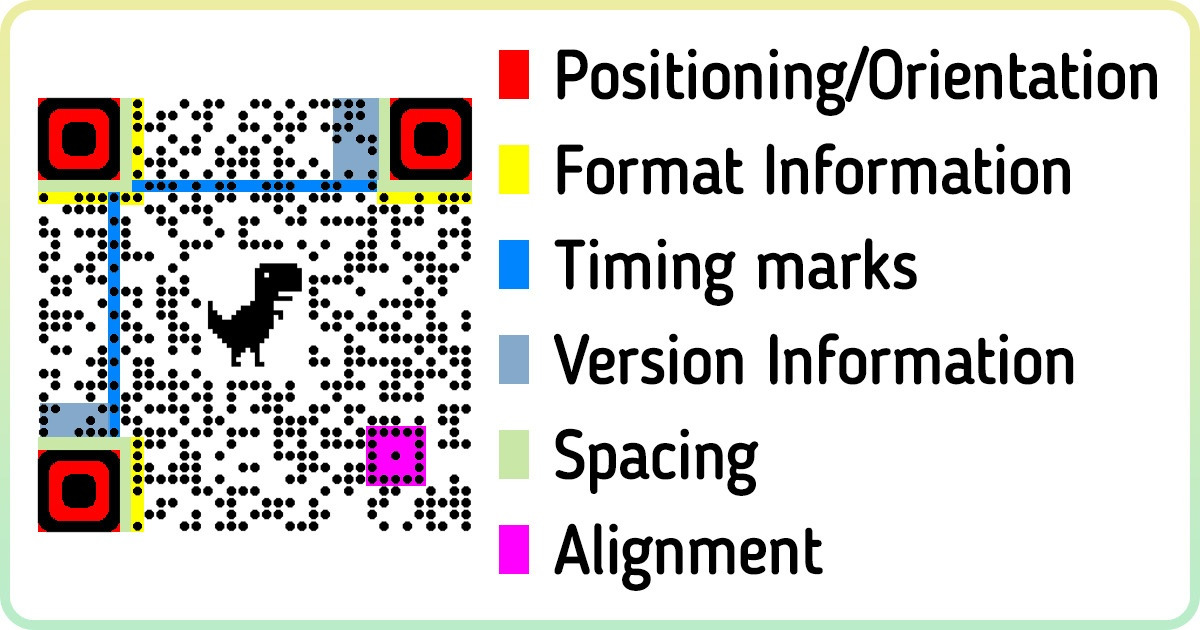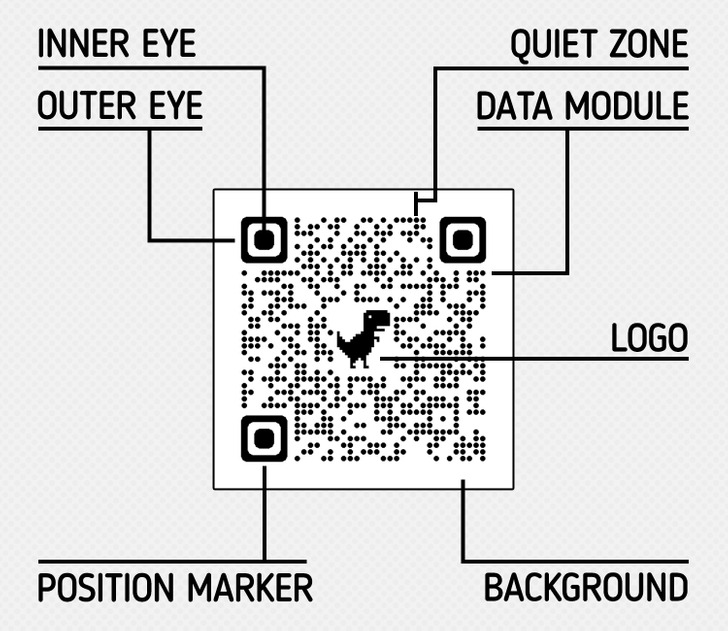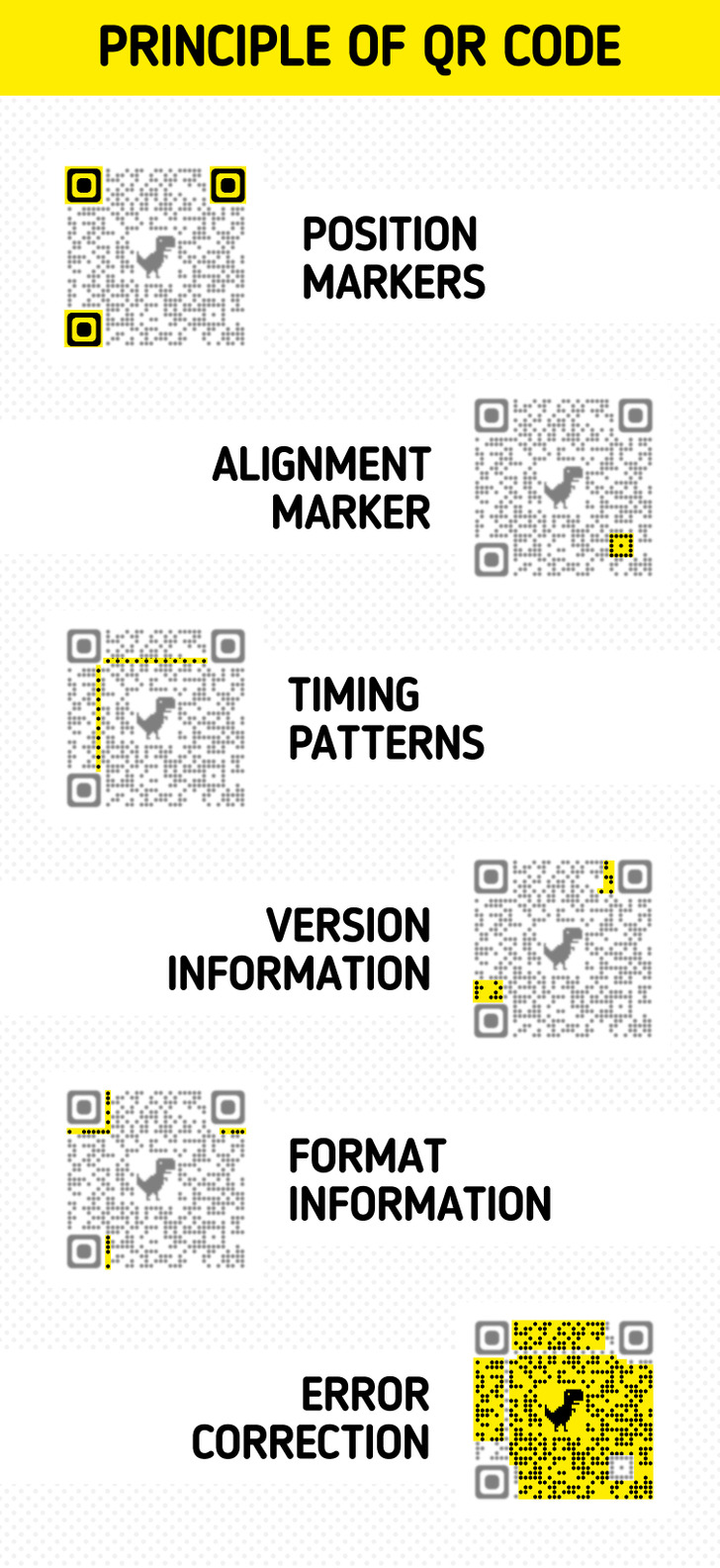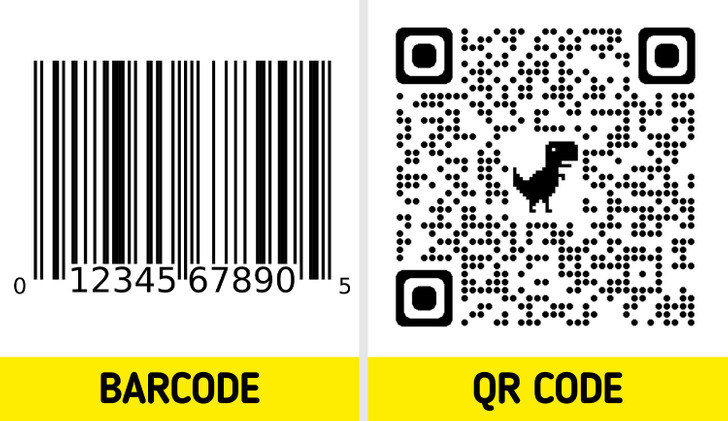
How a QR Code Works

What a QR code is and how it’s different from barcodes
QR code stands for “quick response code” that can be ready on a cell phone quickly. It’s a 2D version of a barcode that shows a wide variety of information when scanned by a mobile device.
Barcodes contain information in a horizontal manner, whereas QR codes can hold information in both a horizontal and vertical manner. Because of this, QR codes are more capable of transferring information, making them more versatile. Barcodes are commonly useful for situations like scanning supermarket items.
The anatomy of a QR code

- Data module: This is deemed the standard unit of a QR code. It looks like a simple black square placed on a white background. When these black squares or data modules are arranged in a certain way, it makes up the majority of a QR code.
- Position marker: You may find 3 position markers on every QR code. It contains an inner and outer eye that lets the cameras and scanners quickly locate the data modules as well as the direction of the scanning. You may find more information on position markers below.
- Quiet zone: When looking at QR codes, you may see blank areas on every side of the data module. It contains all of the latter and the position markers. It lets the reading and scanning devices optically place where the QR code starts and ends.

4. Position markers: They inform the scanner where the edges of the QR code are located.
5. Alignment marker: This is a reference point of the code that makes sure everything is lined up accurately. If the QR code is bigger, there can be multiple reference points.
6. Timing patterns: This stripe of black and white modules shows the positioning of rows and columns and helps the scanner to determine how large the data matrix is.
7. Version information: This section denotes the version number, meaning the more modules there are, the higher the version. There are 40 different versions of a QR code and the most common ones are 1 to 7.
8. Format information: This part of the QR code stores information about error tolerance and data masking.
9. Error correction: This lets the code still be read if there’s any damage to display its information.

